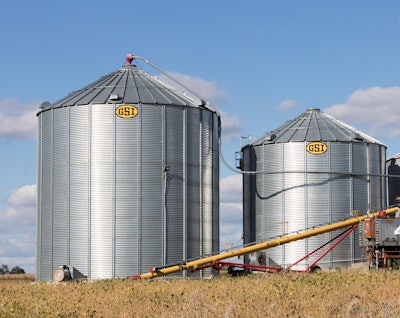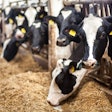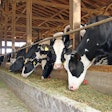
Officials in Washington, D.C., are gearing up to debate reauthorizing the next农场基本脉冲电平lin 2023.
On March 1, agricultural leaders lined up to testify before the U.S. House of Representatives Agriculture Committee’s hearing, which was held to review Title I of the farm bill.
The hearing provided an opportunity for ag organization leaders to discuss specific farm safety net components of the 2018 Farm Bill, including Price Loss Coverage (PLC), Agricultural Risk Coverage (ARC), and Marketing Assistance Loans (MAL).
One group of grower-leaders intends to be a valuable resource for both corn growers and policymakers during the reauthorization process.
Nicole Berg,National Association of Wheat Growers(NAWG) vice president and Paterson, WA, farmer, highlighted key improvements made during the 2018 Farm Bill and how those programs work for wheat farmers.
During the testimony, Berg noted how ARC and PLC don’t adequately cover the cost of production.
"Today’s hearing is timely as NAWG is also evaluating the effectiveness of the farm safety net programs," says Berg.
"These programs and how the U.S. Department of Agriculture administers them can be improved in the next Farm Bill. It is important that Congress maintains a strong safety net for farmers given the farm economy’s cyclical nature."
Berg also pointed out that supply chain issues and availability of inputs continue to present challenges for farmers.
"These challenges include rising prices and availability for fuel, parts, vital equipment, and crop protection tools that allow farmers to continue using climate-smart ag practices like no-till," she said.
American Soybean Association (ASA)President Brad Doyle, a soybean farmer from Arkansas, also testified during the hearing.
Doyle reflected on farmer feedback received from ASA’s 12 farm bill listening sessions, farm bill survey and written comments received, highlighting two primary concerns of U.S. soybean growers regarding ARC and PLC: soybeans have an insufficient reference price and a low level of base acres.
“If there were ever a time that the farm safety net was designed for, it was the trade war in 2018 and 2019," said Doyle.
"Factors well outside farmers’ control structurally shifted, collapsing much of the demand for U.S. soybeans. If soybeans, the second-largest crop by area in the U.S., did not receive help through Title I during this critical situation, it is hard to imagine a scenario where the Title I safety net could provide meaningful help with the current reference price. It is clear that improvements are needed to make the farm safety net effective for soybean farmers.”
The current five-year farm bill is set to expire in 2023.






















